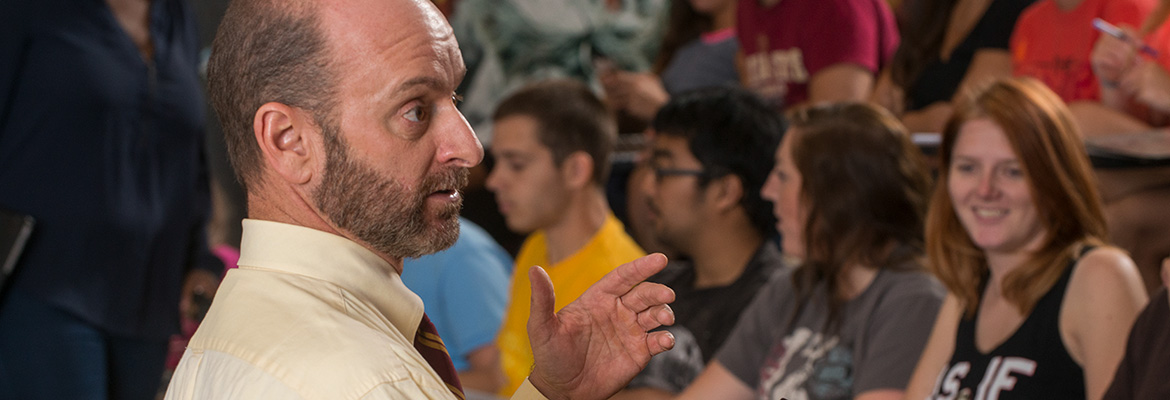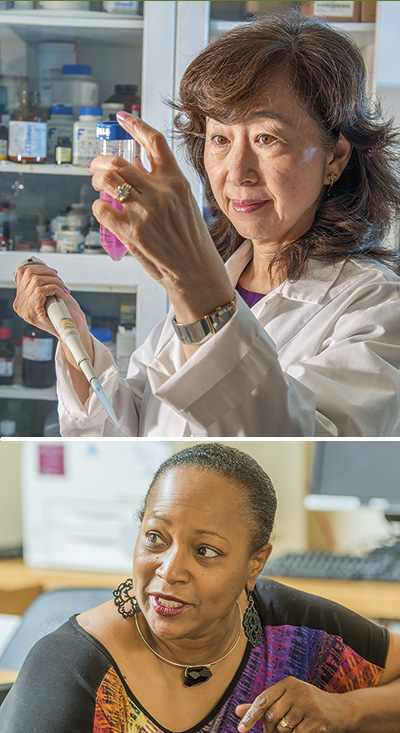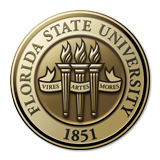Student Success Initiatives

Student excellence is impossible without great educators, and nothing affects the reputation and prestige of a university more than its faculty. At Florida State, faculty are central to our mission and the key to every university accomplishment and successful graduate. Faculty distinction in scholarship, research and creative activity is critical to the quality of learning and makes a difference in the lives of others.
Florida State's more than 41,000 students have the opportunity to work and study amidst a diverse and outstanding faculty that includes recipients of Fulbright Scholar Awards, Guggenheim Fellowships and Pulitzer Prizes, and members of the American Association of Arts and Sciences, and the National Academy.
FSU faculty influence reaches across the globe. In the classroom, FSU faculty welcome diverse inquiry and engage students as life-long learners and leaders. Outside the classroom, FSU faculty offer expertise and mentorship to students, the Tallahassee community and agencies across the state and nation.
As one of only three institutions designated as “preeminent” by the Florida Legislature, Florida State must continuously excel in research and to admit, educate and graduate an outstanding student body. This feat would not be possible without growing our number of exceptional faculty members who will improve our national competiveness.
If Florida State is to continue to rise in reputation and renown, recruiting and retaining top faculty members must remain among one of its top priorities.

FSU scientists discover heavy element chemistry can change at high pressures
Florida State University News, Released July 15, 2020
New research shows that one of the heaviest known elements can be manipulated to a greater degree than previously thought, potentially paving the way for new strategies to recycle nuclear fuel and better long-term storage of radioactive elements.
An international team of researchers has demonstrated how curium — element 96 in the periodic table and one of the last that can be seen with the naked eye — responds to the application of high pressure created by squeezing a sample between two diamonds.
Led by Florida State University Professor Thomas Albrecht-Schmitt and collaborators at the University at Buffalo and Aachen University, the team found that the behavior of curium’s outer electrons — which influence its ability to bond with other elements — can be altered by shortening the distance between it and surrounding lighter atoms. The findings are published in the journal Nature.
